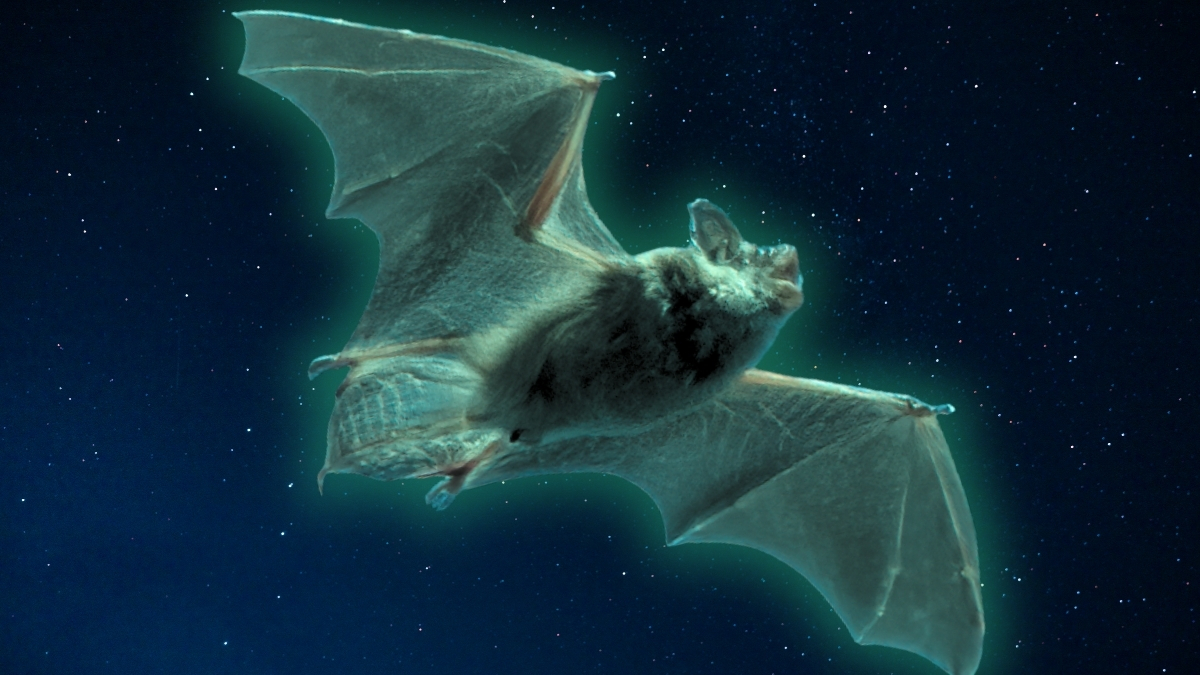The glow-in-the-dark bats you’re hanging to decorate for Halloween might be more biologically accurate than you thought. A new study from scientists at the University of Georgia in the US has confirmed that some North American bats glow under…
Author: admin
-

Scientists stunned by discovery inside 200-year-old coral structure: ‘An unexpected … signal’
In a surprising twist to long-standing scientific concerns, new research from the University of Colorado Boulder suggests that some corals may be adapting to the changing climate, defying predictions about their decline in increasingly acidic…
Continue Reading
-
Mbappé and Bellingham secure Real Madrid victory over Barcelona in tense El Clasico – France 24
- Mbappé and Bellingham secure Real Madrid victory over Barcelona in tense El Clasico France 24
- Real Madrid vs Barcelona: La Liga – Clasico, team news, start and lineups Al Jazeera
- Real Madrid player ratings vs Barcelona: Jude Bellingham is the…
Continue Reading
-

PWR: Gloucester-Hartpury 40-14 Saracens: Defending champions score six-tries in win
Gloucester-Hartpury: Sing; Venner, Shekells, Heard, Metcalfe; George, Hunt (c); Perry, K. Jones, Muir; Monaghan, Beckett, Stratford (c), Brock, Matthews.
Replacements: N. Jones, Bradley, Samuda, Williams, Lewis, Davies, Goulden, Dallavalle.
Saracens:…
Continue Reading
-

Every word from Mikel Arteta’s post-Palace presser | Press conference | News
After seeing his team edge a 1-0 success over Crystal Palace, Mikel Arteta was soon in the press conference room at Emirates Stadium to answer questions from the media.
He was asked about injuries, results elsewhere, Ebere Eze’s performance…
Continue Reading
-

Godfather trilogy director Francis Ford Coppola to auction his rare $1 million watch for this heartbreaking reason |
Legendary “The Godfather” trilogy director Francis Ford Coppola is set to auction his rare $1 million F.P. Journe watch, and the reason is as personal as it is heartbreaking.The 85-year-old filmmaker, who recently…
Continue Reading
-
Anime film 'Chainsaw Man' wins N. America box office – France 24
- Anime film ‘Chainsaw Man’ wins N. America box office France 24
- Sony Crunchyroll Anime Rules Box Office Again With ‘Chainsaw Man’ Powering To $17M+ Opening, ‘Springsteen’ Plays Low With $9M+ – Sunday AM Deadline
- New 99% Superhero Movie…
Continue Reading
-
Mbappe and Bellingham strike as Real Madrid edge Barcelona 2-1 in fiery El Clasico – Reuters
- Mbappe and Bellingham strike as Real Madrid edge Barcelona 2-1 in fiery El Clasico Reuters
- Real Madrid vs Barcelona LIVE: El Clasico score, stats & latest updates BBC
- Bellingham scores clásico winner as Real Madrid pull clear of Barcelona The…
Continue Reading
-
Neanderthals and early humans reshaped Europe’s landscapes long before the rise of farming, study finds – Archaeology News Online Magazine
- Neanderthals and early humans reshaped Europe’s landscapes long before the rise of farming, study finds Archaeology News Online Magazine
- Prehistoric Humans Shaped Europe Long Before Farming Ancient Origins
- Neanderthals and Mesolithic…
Continue Reading
-

Women’s Cricket World Cup 2025 results: India v Bangladesh no result after rain
Rain prevented a result between Bangladesh and co-hosts India in the final group stage game of the Women’s World Cup as persistent rain had the final say in Navi Mumbai.
Chasing an adjusted target of 126 under the Duckworth-Lewis-Stern method…
Continue Reading
